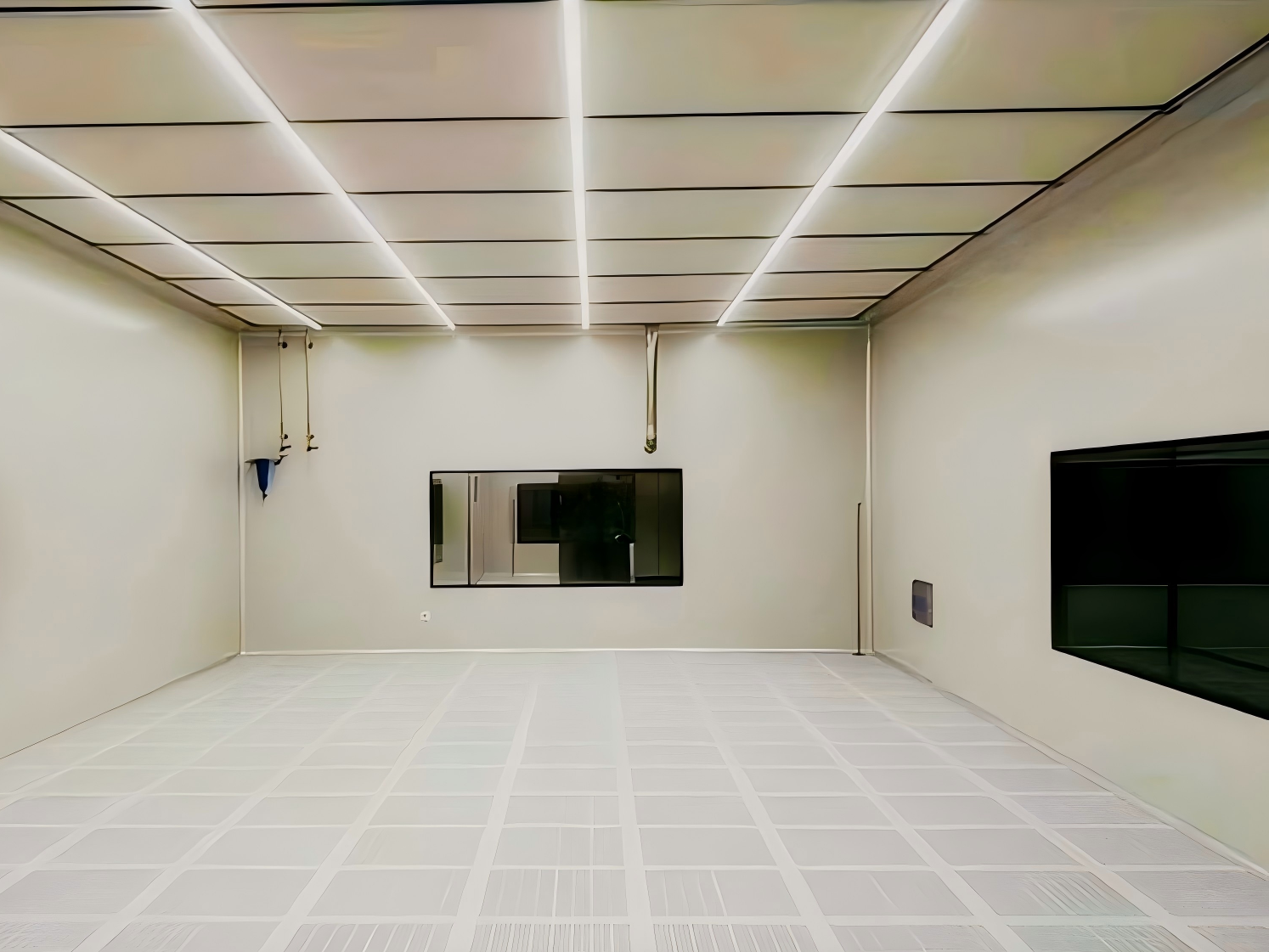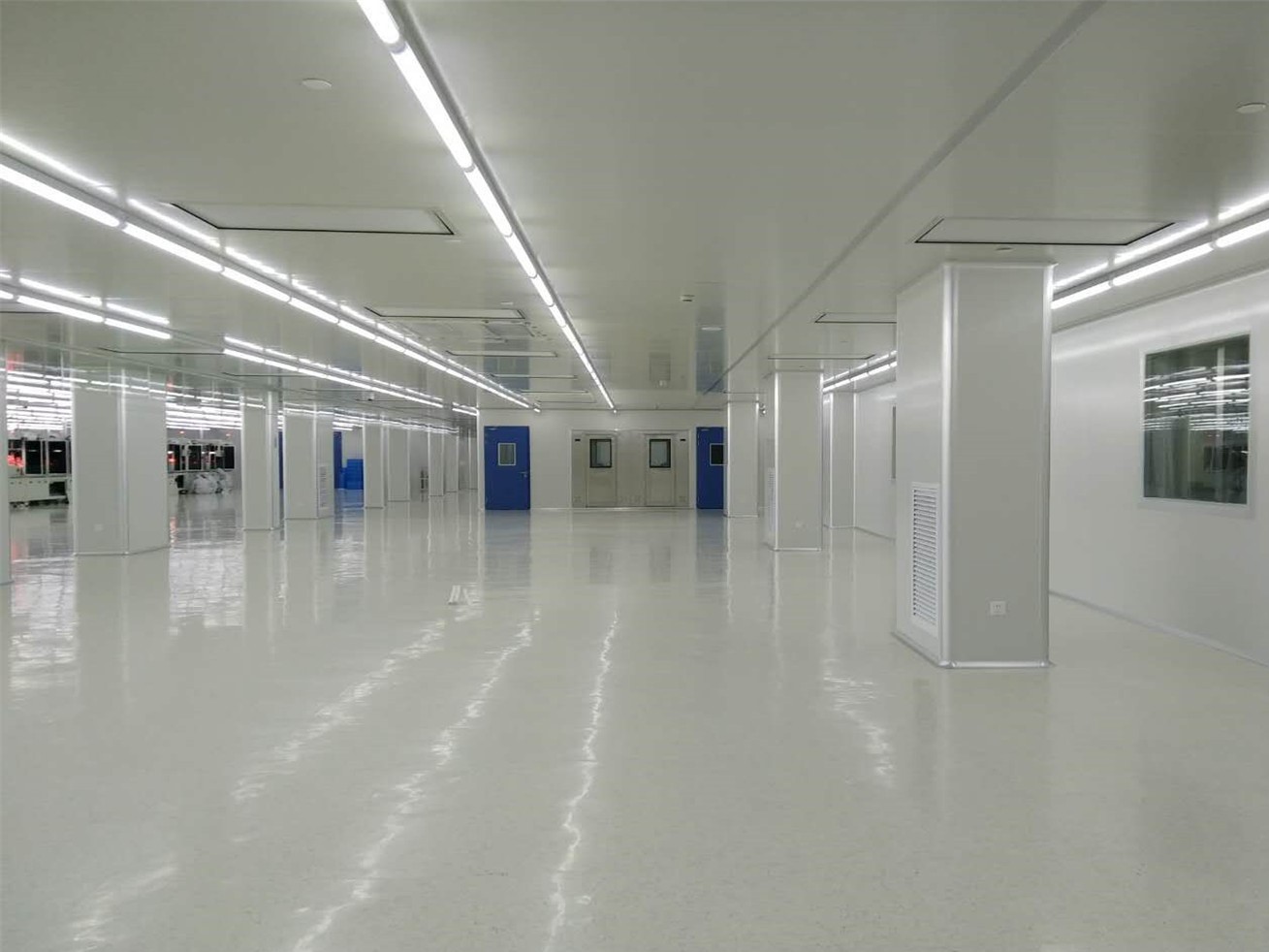

1. Design characteristics
Due to the requirements of functionalization, miniaturization, integration and precision of chip products, the design requirements of chip clean room for manufacturing and production are significantly different from those of general factories.
(1) Cleanliness requirements: The chip production environment has high control requirements for the number of air particles;
(2) Airtightness requirements: Reduce structural gaps and strengthen the airtightness of gap structures to minimize the impact of air leakage or pollution;
(3) Factory system requirements: Special power and electromechanical systems meet the needs of process machines, such as special gases, chemicals, pure wastewater, etc;
(4) Anti-micro-vibration requirements: Chip processing requires high precision, and the impact of vibration on equipment needs to be reduced;
(5) Space requirements: The factory floor plan is simple, with clear functional divisions, hidden pipelines, and reasonable space distribution, which allows flexibility when updating production processes and equipment.
2. Construction Focus
(1). Tighter construction period. According to Moore's Law, the chip integration density will double every 18 to 24 months on average. With the update and iteration of electronic products, the demand for production plants will also be updated. Due to the rapid update of electronic products, the actual service life of electronic clean plants is only 10 to 15 years.
(2). Higher resource organization requirements. Electronic clean room is generally large in construction volume, tight construction period, closely interspersed processes, difficult resource turnover, and more concentrated main material consumption. Such tight resource organization results in high pressure on overall plan management and high resource organization requirements. In the foundation and main stage, it is mainly reflected in labor, steel bars, concrete, frame materials, lifting machinery, etc.; In the electromechanical, decoration and equipment installation stage, it is mainly reflected in site requirements, various pipes and auxiliary materials for construction machinery, special equipment, etc.
(3). High construction quality requirements are mainly reflected in the three aspects of flatness, airtightness and low dust construction. In addition to protecting precision equipment from environmental damage, external vibrations, and environmental resonance, the stability of the equipment itself is equally important. Therefore, the floor flatness requirement is 2mm/2m. Ensuring airtightness plays a significant role in maintaining pressure differences between different clean areas and thus controlling pollution sources. Strictly control the cleaning of the clean room before installing air filtration and conditioning equipment, and control the dust-prone links during construction preparation and construction after installation.
(4) High requirements for subcontract management and coordination. The construction process of electronic clean room is complex, highly specialized, involves many special subcontractors, and has a wide range of cross-operation between different disciplines. Therefore, it is necessary to coordinate the processes and work surfaces of each discipline, reduce cross-operation, grasp the actual needs of interface handover between disciplines, and do a good job in the coordination and management of the general contractor.
Post time: Sep-22-2025

